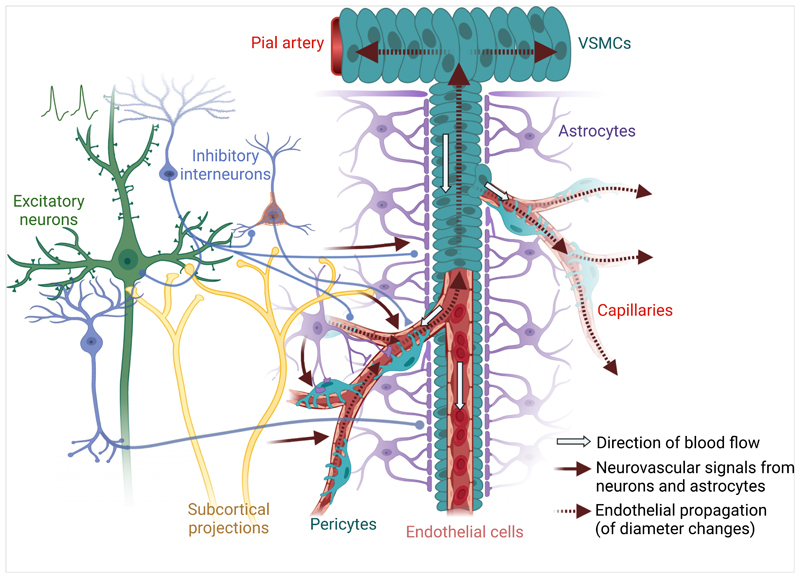Figure 1. Multicellular contributions to neurovascular coupling.
Activation of excitatory neurons in the brain is believed to initiate the neurovascular signals that cause increases in cerebral blood flow (CBF). However, inhibitory interneuron activity almost invariably occurs in parallel with excitatory activity and signals from these interneurons appear to be the stronger regulators of cerebral blood flow. Neural activity also stimulates astrocytes, which can regulate capillary diameter and modulate overall changes in CBF. Ascending projection systems can further tune the locally generated vasoactive signals, or may directly modulate the vasculature. Once the vascular pericytes or endothelial cells have sensed vasoactive signals from the surrounding tissue, these signals propagate through the endothelium to contractile pericytes and smooth muscle cells on upstream vessels and their branches, which may not themselves feed active tissue. Created with BioRender.com.

